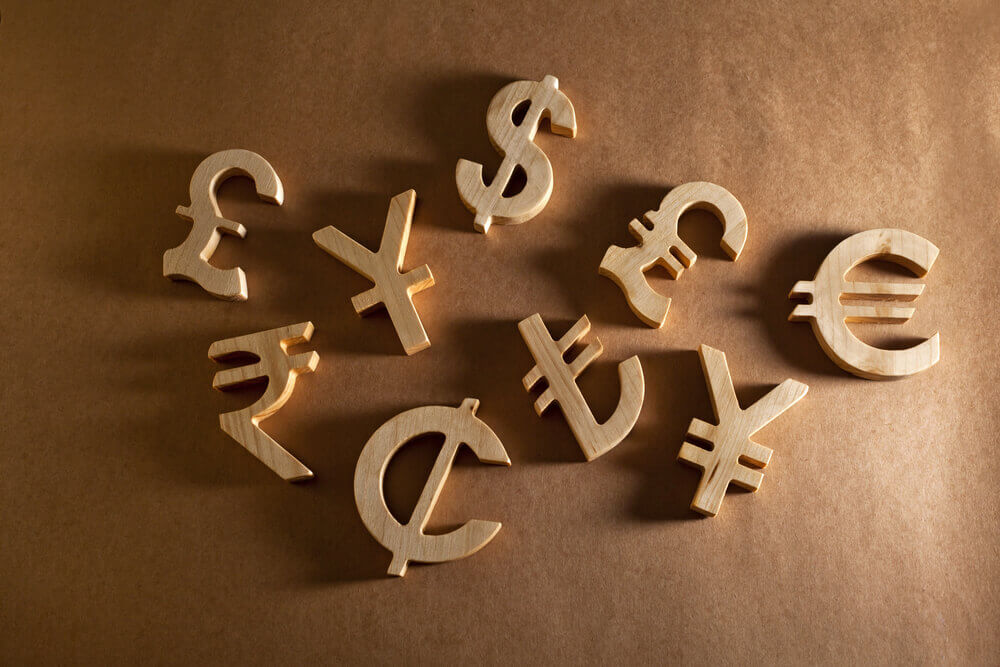
BREAKING DOWN Base Currency
In the dynamic world of forex trading, understanding the concept of a base currency is fundamental. When you delve into trading currencies, the base currency acts as the unit of the base in a currency pair. It’s the currency you are selling or buying against another currency, which is called the quote or counter currency. In the bustling exchange markets, currency pairs including major ones like EUR/USD and GBP/USD, form the backbone of trade and investing.
For instance, in the EUR/USD pair, the Euro (EUR) is the base currency, and the U.S. Dollar (USD) is the quote currency. The exchange rate of this pair indicates how much of the quote currency is needed to purchase one unit of the base currency. Similarly, in the GBP/USD pair, British Pounds (GBP) serve as the base currency against the U.S. Dollar.
Forex trading involves these traded currency pairs, and the bid price reflects what buyers are willing to pay for the base currency. Interest rates, economic stability, and geopolitical events can all influence the value of the base currency in the foreign exchange market. Understanding these dynamics is crucial for anyone involved in forex trading, as they navigate the complexities of buying and selling one currency against another.
Currency pair: The foundation of the foreign exchange market

The quotation and price structure of currencies traded in the Forex are organized in pairs: the value of one currency is assessed against another.
What is base currency?

As we already mentioned, Forex quotes are always made up of two currencies. The base appears to be the first of the pair. For example, in the USD/JPY quote, USD is the first currency mentioned; thus, it represents the base currency.
The abbreviations for currencies are determined by the International Organization for Standardization – ISO. The codes for Forex market currencies are specified in standard ISO 4217. Foreign exchange markets use these three-letter codes to represent a specific currency. Currencies that make part of the currency pair are separated with a slash.
The currency purchased or sold in relation to another, known as the quote currency, is the base currency. It always has a value of 1.
Let’s look at USD/JPY pair. A quote of 125.3 indicates that 1 USD is equivalent to 125.3 Japanese yen. Due to its stability and status as the quintessential commercial currency, the US dollar is generally quoted as the base currency.
Whether the base currency is the US dollar or another currency, it plays a vital role in Forex transactions.
The ratio between quoted currency and the base currency
The first of the two currencies in a pair is called the “quote currency,” and the second “quoted currency.” The parity specifies how much-quoted currency it takes to buy one unit of the quoted currency.
A unit that is bought and sold like a security
All Forex trading involves buying one currency simultaneously and selling another. Still, the currency pair can be considered a single unit, like a security bought or sold.
If you buy a currency pair, you buy the quote currency and sell the quote currency. The bid (purchase price) represents the sum necessary in quoted currency to be disbursed to acquire a unit of the quoted currency.
Conversely, when you sell the pair, you sell the quote currency and receive the quote currency in exchange. The ask (selling price) of the currency pair expresses the sum you can recover, in quoted currency, thanks to the sale of a unit of the quoted currency.
Influence on spread

The base currency is also important for determining the spread. In Forex, the spread is the difference between the buy price and its sell price. For example, if the EUR/USD pair is quoted at 1.4035/1.4039, the euro’s buy price is 1.4035, and its sell price 1.4039. The spread will therefore be equal to 1.4039-1.4035 or 4 pips. The PIP represents the broker’s commission.
All in all, the base currency has a definite influence on the gains and losses of traders. It is of capital importance in Forex trade because it determines the rise or fall of prices. We never give the quotation of a single currency, such as: what is the rate of the dollar or what is the rate of the yen?
This only makes sense when comparing one currency with another. In this case, the currencies are quoted in pairs. Thus we will speak of the quotation of the euro against the dollar (EUR/USD) or the pound sterling against the yen (GBP/JPY), for example. International codes are always used to name currencies in Forex.
It should also be noted that currencies are traded in small quantities, and their variations are also small, which is why their quotation is displayed in four decimal places. An example of a quote for the euro/dollar pair is 1.2055.
Most popular base currencies in Forex

The most popular, or major currencies, refer to the most traded currencies, such as the US dollar, Japanese Yen, the euro, and the Swiss franc. The USD is the most important currency in Forex.
It is a reference currency, given its stability. This stability is explained in particular by the rigorous policy of the American Federal Reserve, the solidity of legal institutions, and also by significant foreign investments.
Interest in this currency is reinforced by the issuance of bonds and financial securities by the US Treasury. 80% of transactions involve the US dollar. But, the dollar is challenged by the euro on the currency market.
The euro is particularly valued in Forex thanks to the actions of eurozone countries, including Germany and France. However, this currency is penalized by a European economy plagued by frequent crises, a high unemployment rate, a weak growth rate, and poor budgetary management.
This situation of instability limits the confidence of potential investors and relegates this currency to second place after the US dollar. The classification of the Japanese yen as a primary currency is explained by the importance of the Japanese economy on a global level.
The demand for the yen is rather limited, but the repatriation of currencies carried out by large Japanese companies is significant. The Swiss franc is a safe haven due to the strength of the Swiss banking system and the stability of the Swiss economy.
-
Support
-
Platform
-
Spread
-
Trading Instrument




